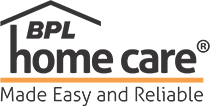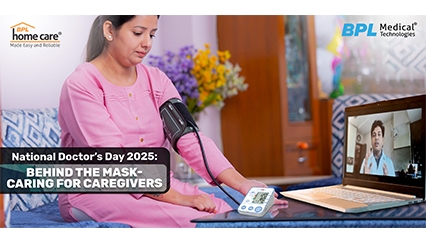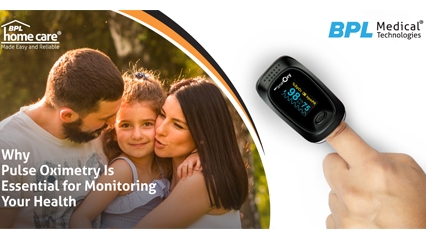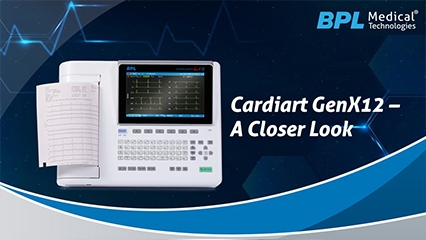Behind every diagnosis, prescription, and late-night emergency lies a caregiver, a listener, and a guide. Every year on Doctors’ Day, India pauses on July 1st to honor these unsung heroes in white coats. But this year, we look deeper. We reflect on what it means to support those who support us.
Blog
National Doctor’s Day 2025: “Behind the Mask- Caring for Caregivers”
5 Thoughtful Father’s Day Gift Ideas for his Health
This Father’s Day, consider giving a thoughtful Father’s Day gift that says “I love you” in the language of care, that supports him to stay healthy and independent at home. Choose something that tells your dad, in every little way: “You looked after me. Now it’s my turn.”
Here are 5 carefully chosen home health devices for fathers...Why Pulse Oximetry Is Essential for Monitoring Your Health
Pulse oximetry is a fingertip non-invasive, hassle-free, painless procedure used to measure the oxygen levels in your blood. It is a crucial tool in monitoring respiratory health status, and its awareness can significantly contribute to better health management, especially for individuals with chronic respiratory conditions or those undergoing...
World Asthma Day 2025 Theme: “Make Inhaled Treatments Accessible for ALL”
This year’s theme calls for equal access to life-saving inhaled medications- A fundamental need that remains out of reach for millions, particularly in low- and middle-income countries. Despite medical advancements, millions of people living with asthma still face challenges in obtaining the treatments they need to breathe freely.
Strain Echocardiography: A Revolutionary Tool in Cardiovascular Imaging
Cardiovascular diseases are a leading cause of morbidity and mortality worldwide, affecting adults of all ethnicities, ages, and sexes, emphasizing the need for advanced diagnostic tools to identify, assess, and manage cardiovascular conditions. In recent years, strain echocardiography has emerged as a revolutionary technique...
A Closer Look - Cardiart GenX12 ECG Series
In this ever-evolving field of medical diagnosis, accuracy, efficiency, and reliability in the diagnostic tool plays a significant role in shaping patient outcomes. Whether you are a practicing medical professional who is looking to buy an ECG Machine, or someone who is simply interested to learn more about the latest diagnostic tools...








